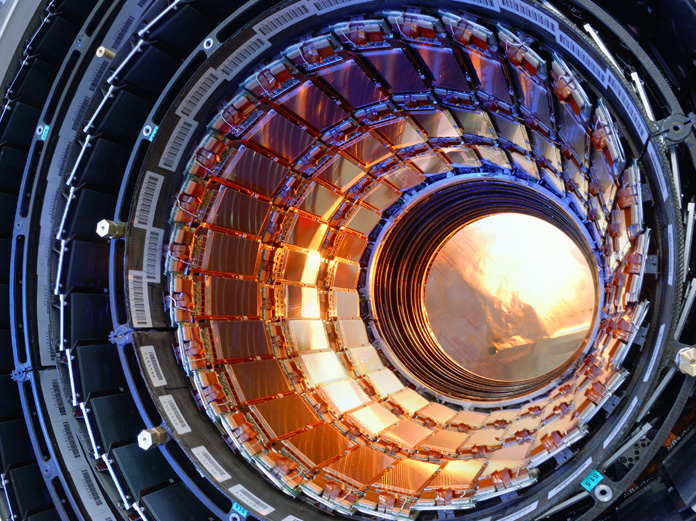

The Large Hadron Collider (LHC) is an accomplishment of unprecedented proportions. It is, without a doubt, one of the most amazing (and important) pieces of technology that humanity has ever made. It allows us to simulate the earliest moments of our universe and, in so doing, better understand the physics that governs it.
At the heart of the LHC is CERN, an agency devoted to the study of particle physics. Ultimately, CERN scientists are tasked with probing into the fundamental structure of our universe. Specifically, they use the LHC, the world’s largest particle accelerator, to smash protons together at speeds nearing the speed of light. The energy densities that are created when these collisions occur cause ordinary matter to melt into its constituent parts—quarks and gluons. This allows us to interrogate the basic constituents of matter–the fundamental particles of the Standard Model.
If you aren’t familiar with it, the Standard Model is the foundation of all physics, but it’s only half the puzzle. Here, physicist Claire Lee, who works on the LHC’s ATLAS experiment, discusses the Standard Model, the “dark sector” of physics, and how the experiments at the LHC may help us uncover the missing pieces of this puzzle.
WATCH: New Frontiers in Physics

This video comes courtesy of CERN and Secrets of the Universe.